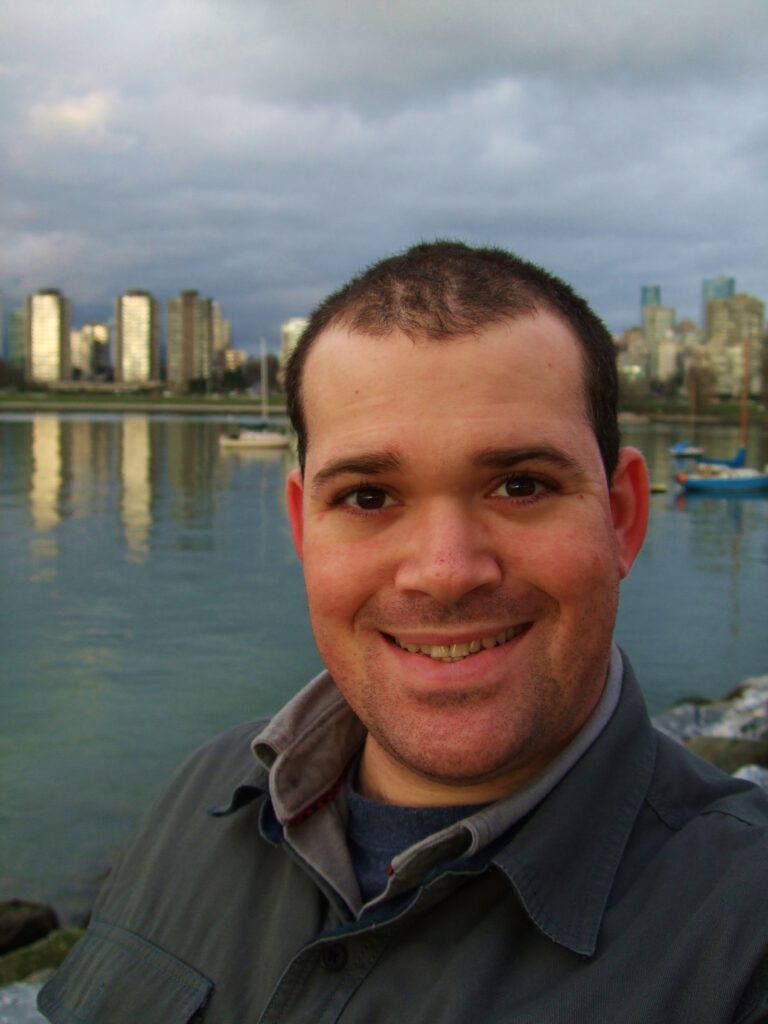Jeffrey Wynne
Jeffrey Wynne is a 28-year-old interdisciplinary visual artist who lives and works in Vancouver, Canada. His works are inspired by the landscapes that surround him. He grew up in the city of Victoria, on a place called Vancouver Island. The area where he lives is divided by the US-Canada border and is a region of vast ecological wonders as well as complex, challenging histories.

He identifies as a person of unclear origin. His father is a White immigrant from the UK. His mother is a person of disputed and unknown racial/ethnic origin and is an individual of visible South Asian ancestry. I am visually perceived as White. Despite being persons of visibly racialised origin (persons of ancestry beyond historic European national identities and borders), most of his relatives are extremely hesitant to talk about this aspect of his heritage. His mother and her siblings are often interpreted as being First Nations, Caribbean, East Indian / South Asian, Iranian, Arab, or mixed-race Black or African descent. They have their own challenges with identity and sense of place that are distinct from his own.
The maternal side of his family identifies as Jewish. As a Jewish artist, many of his works incorporate themes of spirituality and questions related to faith and religious identity, intertwined with mythical, mystical icons from the natural world that he feels deeply connected to.
After studying visual art in university, he worked as a physical laborer and completed studies in railway operations at the British Columbia Institute of Technology (BCIT) with the goal of becoming a railway construction worker. Today, he lives in Vancouver where he is currently working on a long-term drawing project featuring heavy industries and the natural world.
1858 – Artist Statement
These works are reflections of history, identity, spirituality, and place. Inspired by the landscapes, biodiversity, and industrial heritage of Western North America, his practice is rooted in a radical postcolonial vision that reaches beyond borders and national mythologies.
Referencing Romani and Indigenous First Nations languages, events, and geographical sites, as well as Jewish perspectives, the works displayed speak to parallels between the marginalization of Romani communities and global patterns of colonization. The periphery offers a mirror to systems of injustice; yet a periphery is also a place of diversity, memory, creativity, and transformation.
As an outside observer who does not easily fit within cultural, ethnic, or national belongings of identity, his role as an artist is to witness. Amidst haunted landscapes, these works advocate for a transnational awareness between the Romani world, minorities, and Indigenous peoples worldwide.

